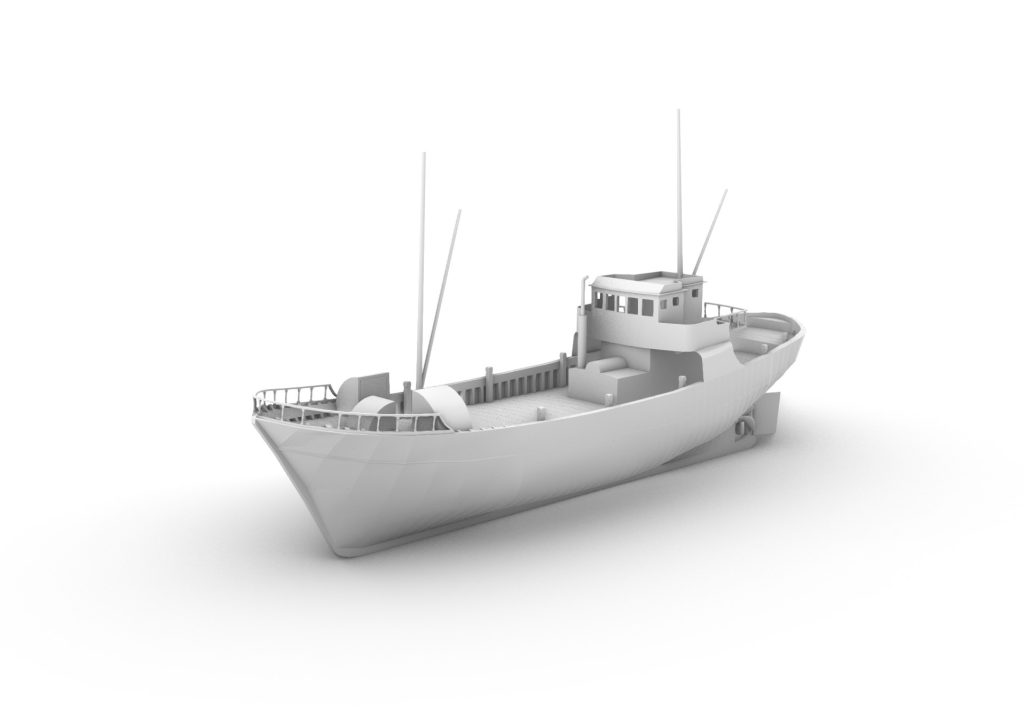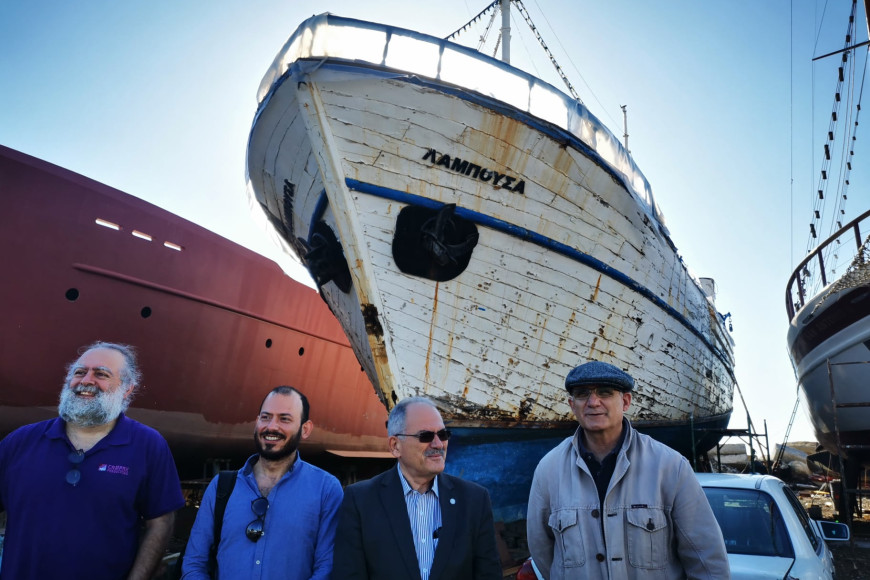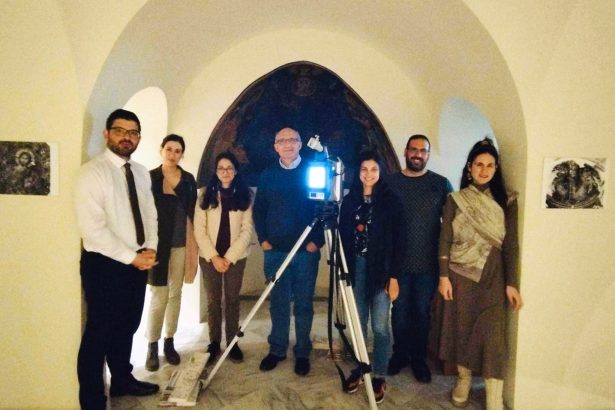The fishing vessel Lambousa is a unique part of Cypriot fishing tradition and industrial heritage. Built at Perama, Piraeus, Greece in 1955, the vessel was renamed Lambousa when it arrived in Cyprus at Famagusta ten years later. The Lambousa is 25 meters long, with a 48-ton capacity, and a top speed of 10 knots fishing in the waters of the eastern Mediterranean for 50 years until finally decommissioned in 2004.
Now owned by the Municipality of Limassol and scheduled for restoration at the Karnagio area in Limassol, the municipality requested the assistance of the multidisciplinary team at the Digital Heritage Research Lab (DHRLab) at the Cyprus University of Technology to holistically document the Lambousa, to digitize, protect and preserve its history.
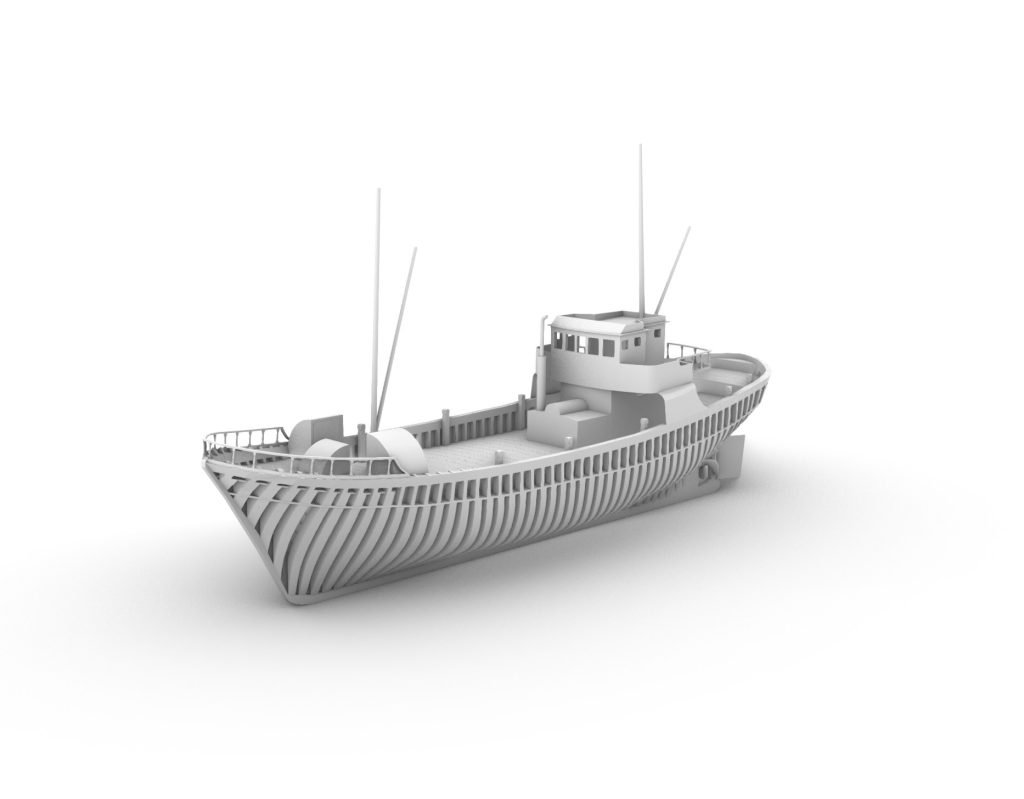
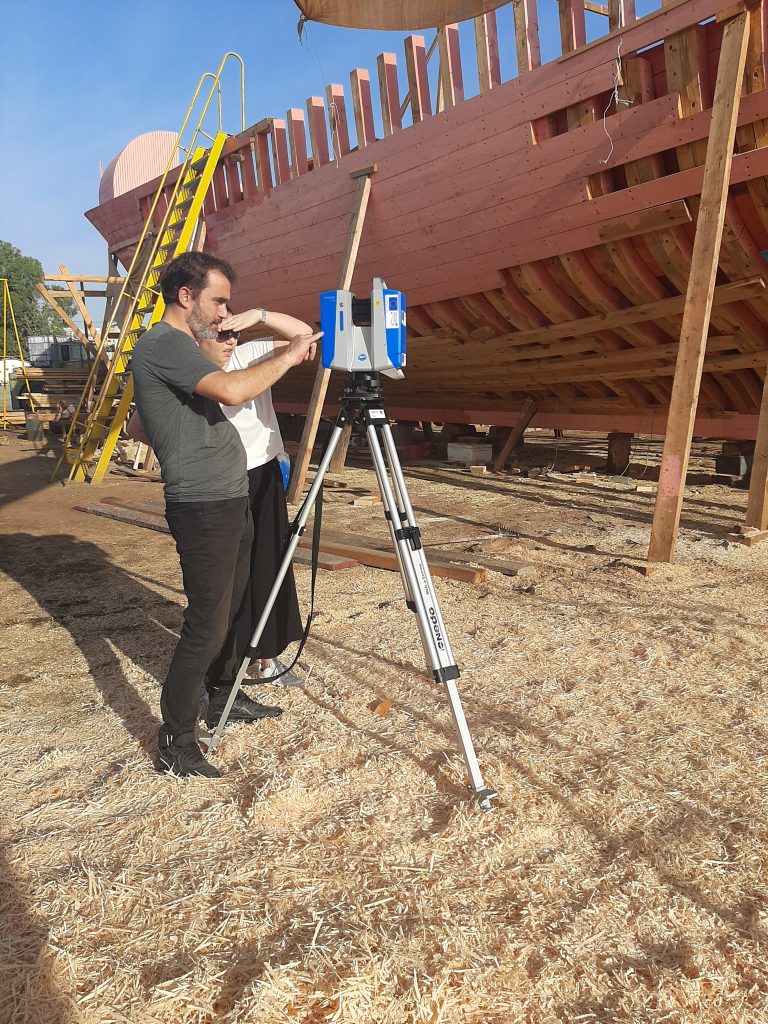
The DHRLab hosts the EU-funded H2020 ERA Chair, the MNEMOSYNE Project and the UNESCO Chair on Digital Cultural Heritage and has a long-standing collaboration with the Municipality of Limassol. The project is dedicated to using cutting-edge technology to digitally capture cultural heritage in 3D enriched with historical, environmental and societal evidence to provide a holistic view of an object’s past.
For the MNEMOSYNE team, the Lambousa has allowed the exploration of techniques beyond their normal work with monuments and museum artefacts, allowing the three-dimensional model of the fishing vessel to be created from interior and exterior surveys through laser scanning and photogrammetry.
This digital reconstruction of the Lambousa is not only of interest to historians as the oldest fishing boat and the last of its type in Cyprus but also provides important technological, engineering and contractual evidence in the physical restoration of a truly unique piece of Cypriot heritage and as a landmark in the contemporary history of the island.Â
